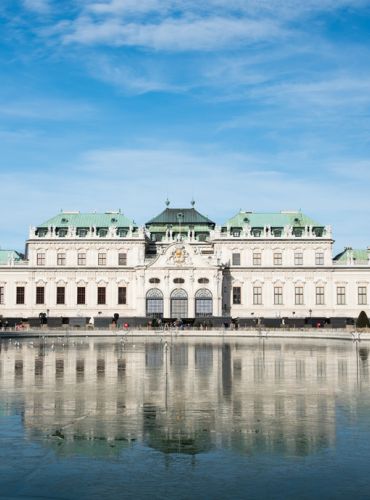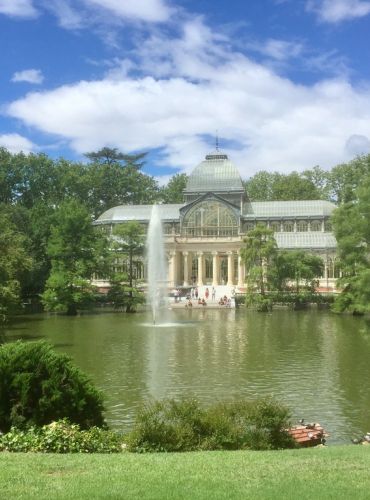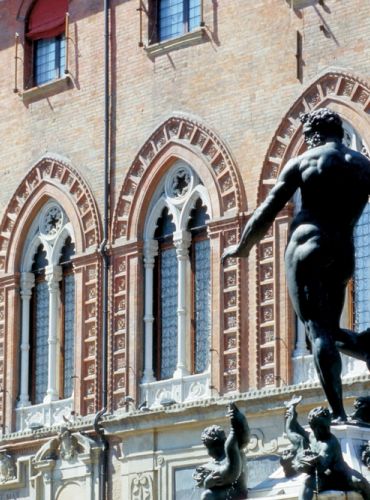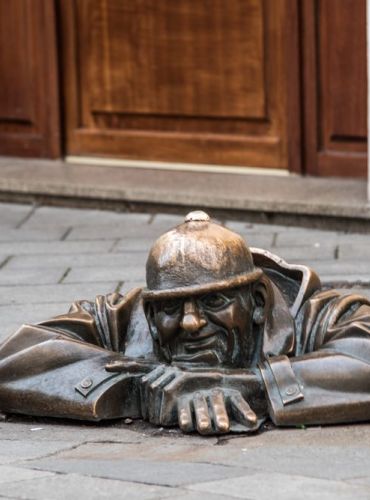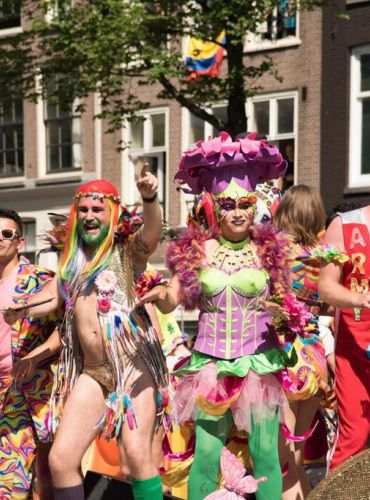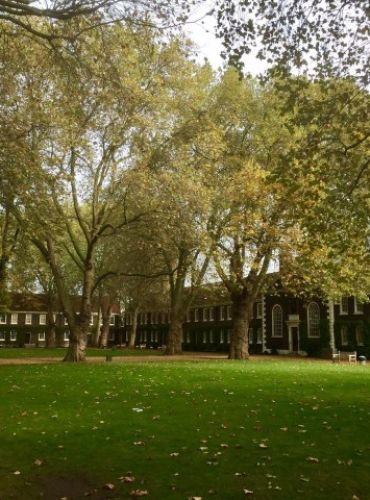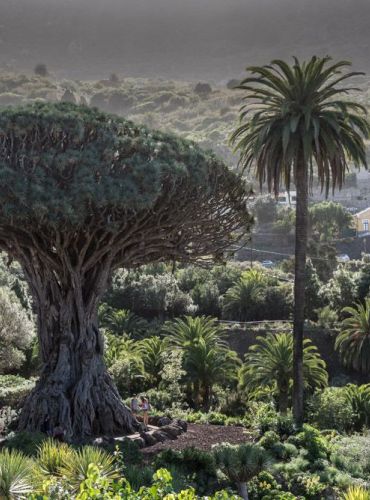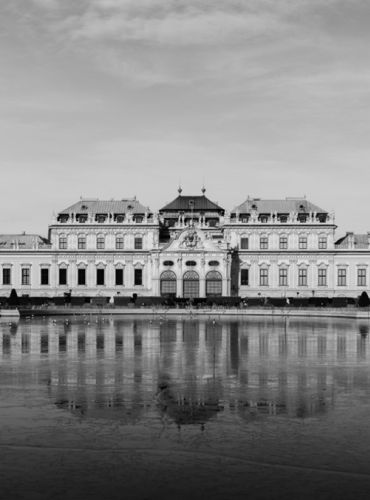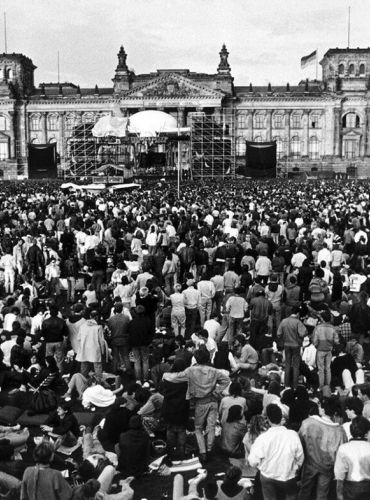We love you Brussels

Giorgio Petti
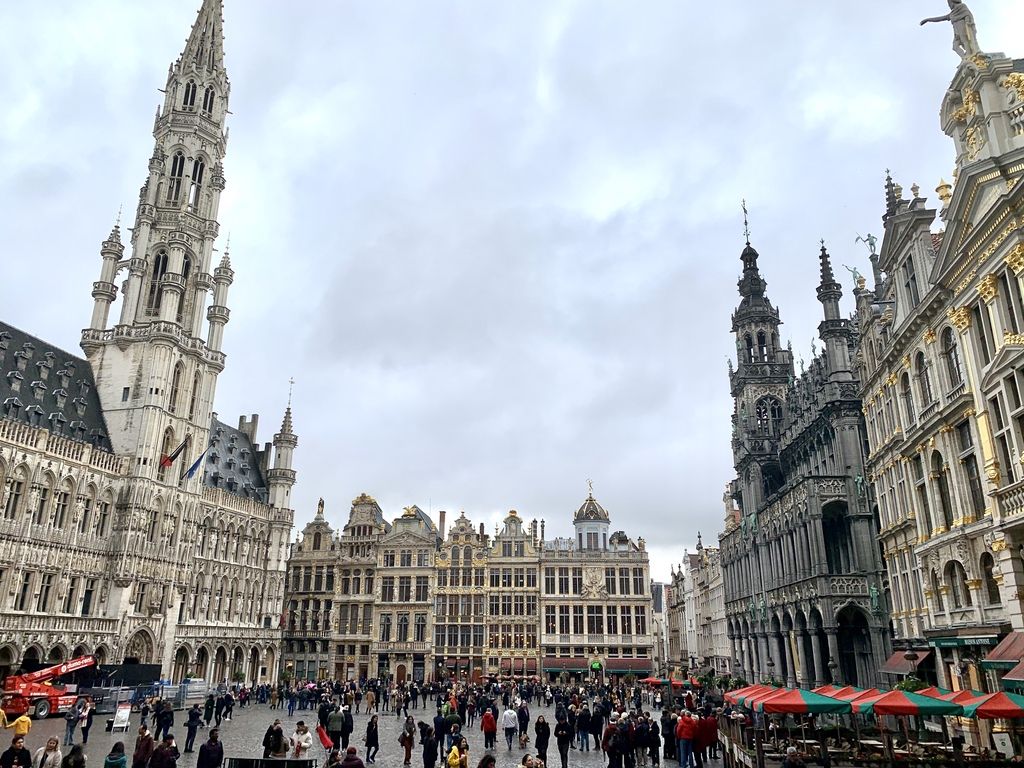
Brussels has many detractors. A lot of people say that Brussels is the capital of boredom, probably because they associate it with EU bureaucracy. Perhaps it hasn't got the size or the charme of the French Capital, nor its glorious history - but then again very few cities can compare with the cultural relevance, the innumerable layers of history and intense fascination provided by Paris.
And yet not being too famous has its advantages, though. Having visited Brussels in different seasons, one never feel that sense of being overwhelmed by tourists. In fact, a quick detour off the areas most frequented by visitors reveal a charming and elegant city, which is far from boring and uninteresting. And that's not all: Brussels' gastronomic credentials are simply amazing - not to mention the abundance of bars and cafés. And of course if you're into chocolate, here you will find heaven on earth as the city is the undisputed capital of the stuff.
As for the gay scene, Brussels is an open and inclusive city that has a vibrant cluster of funky bars and is home to one of Europe's (and the world's) largest dance party - the incomparable La Demence.
Here are our top suggestions for a perfect visit to the Belgian capital.
The Grand Place
Any visit to Brussels must include the stunning Grand Place, which is one of the most beautiful squares in Europe and a UNESCO heritage site. It is quite astonishing to think that this square was almost destroyed by fire in 1695 when the French bombarded during the Nine Years War. Framed by stunning and ornate buildings that were the city's Guildhalls, it is also where you will found the 15th century Town Hall, which with its 100-metre gothic spire is a symbol of Brussels and towers over the city. At night the buildings are lit up and the place acquire a special magic.
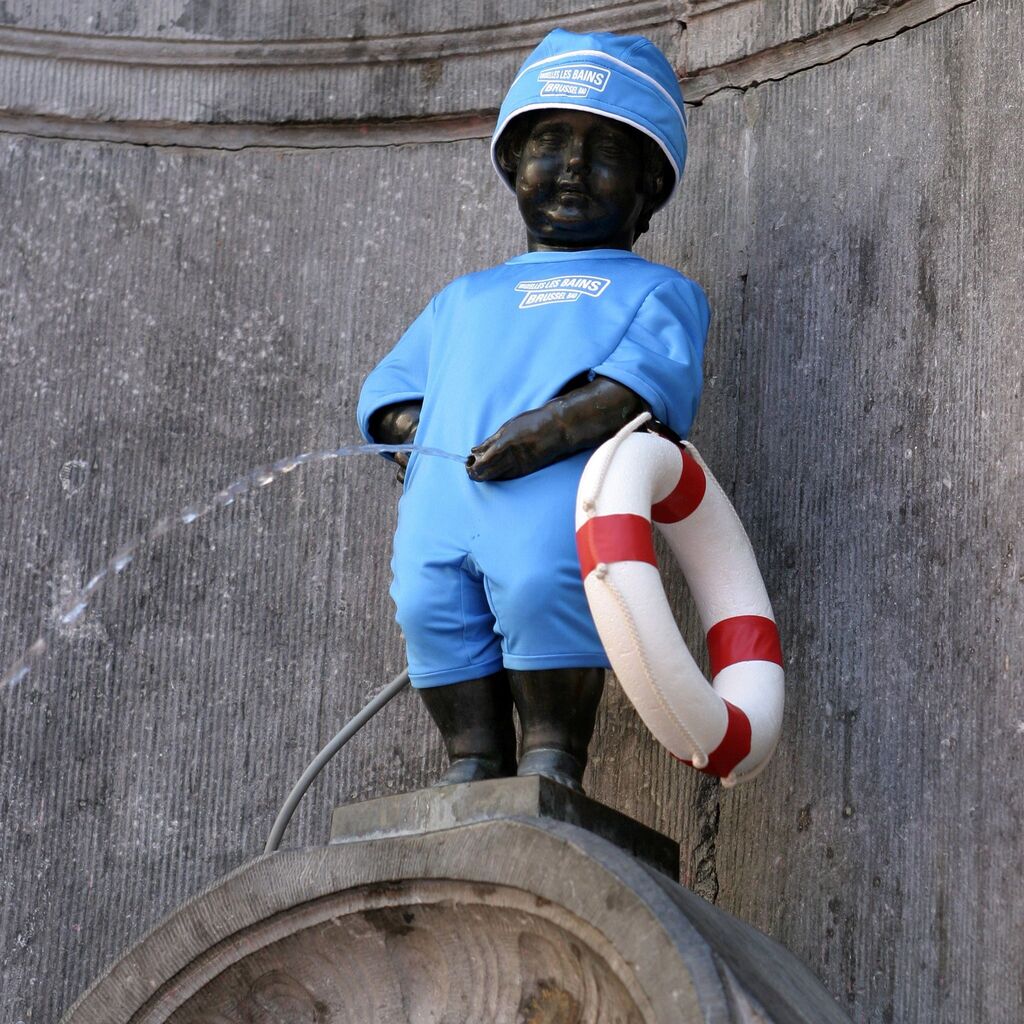
Manneken Pis
Of course, if you come to Brussels you must at least pop for a moment to see this very small statue that for some reason has become symbol of the city. It is most likely that you will find the statue dressed and in fact the Mannekenpis has a wardrobe of about 1,000 outfits, some dating back to the 18th century, when the tradition began. Once worn, the costumes are stored in the Brussels Museum.

The Cathedral
Also historical and with a special significance in the history of the city is the Cathedral of St. Michael and St. Gudula, which most tourists miss altogether, though it's a mere ten minutes walk from the Grand Place. It was here that in 1047, Lambert II, Count of Leuven founded a chapter and organised the transportation of the relics of Saint Gudula, patron of the Brussels, previously housed in Saint Gaugericus Church on Saint-Géry Island, which was the original first settlement of the city. The church we see today was built in the Gothic style - the choir was constructed between 1226 and 1276 and the façade was completed in the mid-fifteenth century.
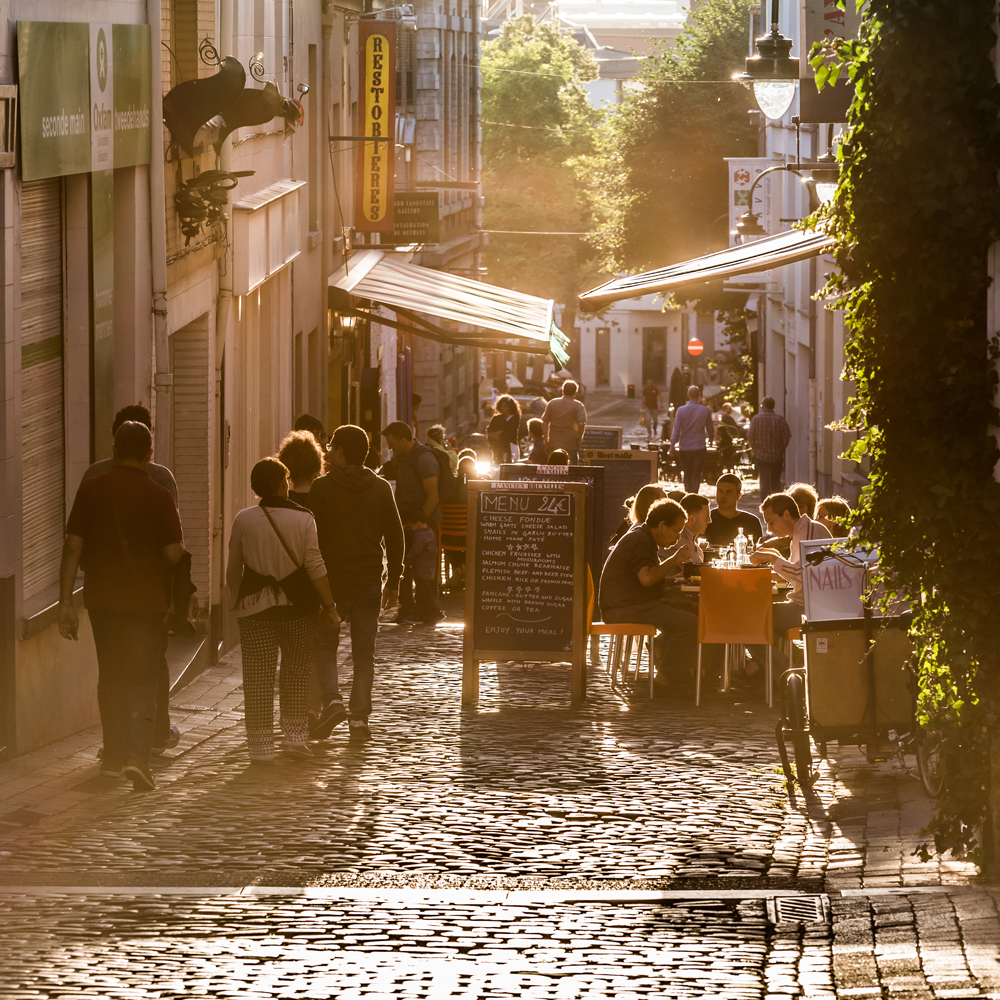
Le Sablon and Le Marolles
The area of the Sablon is one of the most attractive of Brussels - and also one of the oldest. Here you will find the beautiful gothic Church of the Blessed Lady, dating back to the 15th century. Around you will find some beautiful boutiques and upmarket shops. Take some time to wander around the streets around Rue Blaes and Rue Haute, a neighbourhood known as Le Marolles which is a real haven for anyone who is into vintage clothing and antique and retro furniture and homewares. There is also a big antiques/flea market in Place Jeu de Ball at weekends.

Museums for all tastes
Without exaggerating, the weather in Brussels can be challenging, especially in winter, but thankfully there are some pretty amazing museum to visit. Modern art lovers should not miss the René Magritte Museum, a fitting tribute to the Belgian surrealist artist. Another fascinating museum (at least if you're a petrolhead) is the Autoworld, which includes 300 vehicles, ranging from cars and trucks to motorcycles. You can immerse yourself in music at the Museum of Musical Instruments, which features over 7000 pieces of musical history and instruments from around the world. An Art Nouveau heaven is found at the Horta Museum, which was in fact Victor Hugo’s own residence in the early 1900s.

The gay scene & La Demence
Brussels is a very inclusive and tolerant city for the gay traveller. Few people know that Belgium was the second country in the world to legalise same sex marriage after the Netherlands. It has a more than interesting scene, concentrated around the Rue du Marché au Charbon, not far from the Grand Place. Here there are some busy bars, almost next to each other (which makes it for a great bar crawl) like Le Baroque, Belgica, Stammbar and Station BXL. Not far from here you will find the vast and busy Macho Sauna.
However the highlights of the gay calendar in Brussels are the La Demence parties, which are held roughly every month and with two massive multi-night events, one at Easter and another at the beginning of November for its anniversary. La Demence has for over 30 years attracted a vast gay male crowd from neighbouring France, Germany, England - as well as Belgium of course, and much further afield. It is quite remarkable to dance with such a diverse multi-national crowd: it's a sort of mini EU on a dancefloor, possibly quite unique in its kind. And it's still going strong: the highlight is their anniversary party, held every year over the November long weekend, but there are regular parties every month, plus some big ones also over the Easter weekend and New Year's Eve, Apart from some of the anniversary's events, normally La Demence parties are held at The Fuse club on Rue Blaes, in the Marolles.

